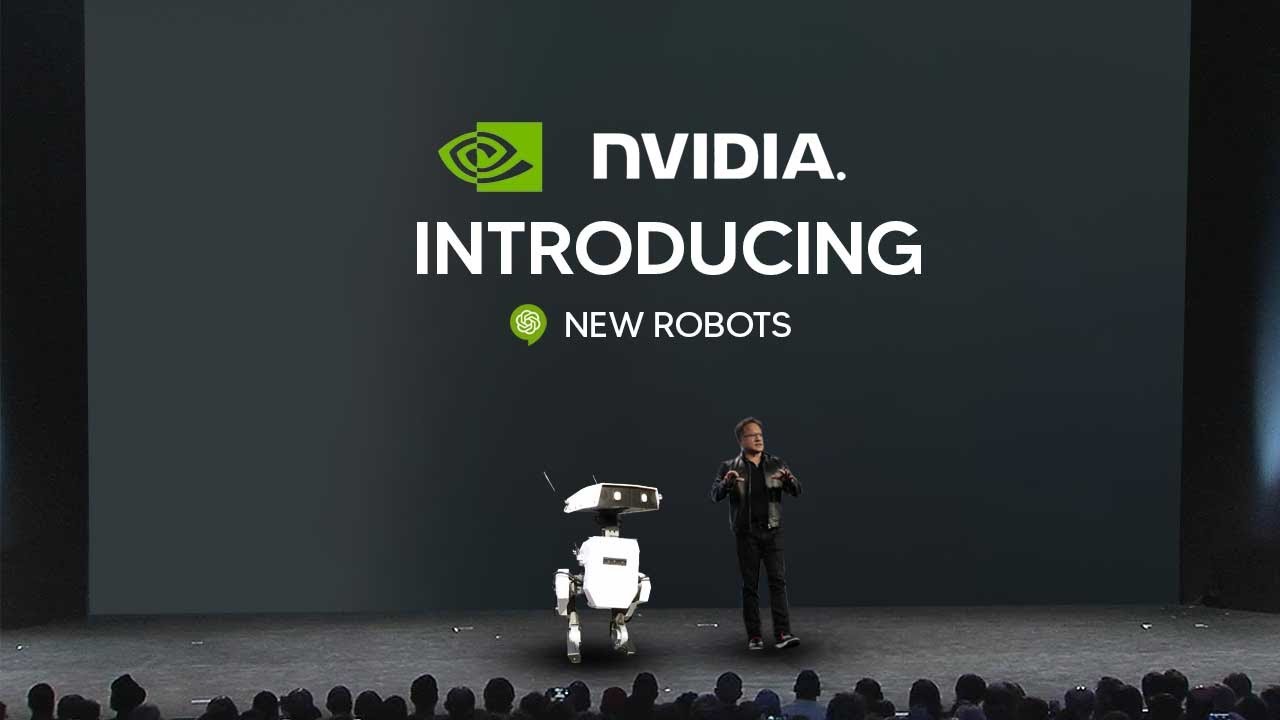In a keynote at Nvidia’s GTC event, CEO Jensen Huang highlighted the transformative potential of robotics, projecting the global market to grow significantly due to a labor shortage and advancements in AI technology. Nvidia introduced innovative tools like the Omniverse platform for virtual robot training, the open-source physics engine Newton, and the Groot N1 model for humanoid robotics, all aimed at enhancing robot capabilities and fostering industry innovation.
In a recent keynote at Nvidia’s GTC event, CEO Jensen Huang discussed the transformative potential of robotics, emphasizing that the future of this industry is poised for significant growth. With a projected global robotics market expansion from $25 billion today to between $160 billion and $260 billion by 2030, Huang highlighted the urgent need for robots due to a looming labor shortage, estimating a deficit of 50 million workers by the end of the decade. He noted that robots could fill this gap, with the potential for billions of AI robots to be integrated into various sectors, including manufacturing, healthcare, and transportation.
Huang outlined three primary factors driving the growth of robotics: technological advancements in AI, economic necessity due to aging populations and rising wages, and the diverse applications of robots across industries. He emphasized that modern robots are evolving beyond simple repetitive tasks to become more autonomous and capable of interacting with the physical world. This shift is facilitated by Nvidia’s innovations in physical AI, which enable robots to learn and adapt to their environments more effectively.
To address the challenges of data collection and model architecture in robotics, Nvidia introduced the Omniverse platform, which serves as a digital playground for robots to learn in virtual environments. The newly developed Cosmos tool allows for the generation of infinite realistic scenarios, enabling robots to practice and refine their skills without the costs and risks associated with real-world training. This approach accelerates the learning process, providing robots with a vast array of examples to enhance their capabilities.
Additionally, Nvidia announced a collaboration with Disney and Google DeepMind to create Newton, an open-source physics engine designed to bridge the gap between simulation and real-world application in robotics. Newton leverages advanced physics modeling and GPU acceleration to facilitate faster learning for robots, allowing them to perform complex tasks more efficiently. This open-source initiative aims to democratize access to advanced robotics technology, fostering innovation across the industry.
Finally, Huang introduced Groot N1, an open-source foundation model for humanoid robotics that combines real-world and synthetic data to enhance robot learning. This model is designed to enable humanoid robots to perform complex tasks autonomously, showcasing the potential for robots to operate in diverse environments. As the robotics landscape continues to evolve, companies like Nvidia, Boston Dynamics, and others are pushing the boundaries of what is possible, signaling a future where robotics plays an integral role in various sectors and potentially reshapes the global economy.
